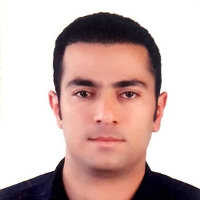Identification of Vulnerable Karst Areas Using the COP Model(Case Study: Tekab Basin)
Karst landscapes are of great importance due to their role in providing vital water resources. However, these areas face a high risk of resource pollution, which is a significant concern. This study aimed to identify pollution-prone zones within the Tekab Catchment. The research utilized topographic maps (1:50,000 scale), a 1:100,000 geological map, and a 12.5-m digital elevation model derived from Landsat satellite imagery. Key analytical tools included ArcGIS and ENVI software. The study was conducted in two stages. First, the (Concentration, Overlapping, and Protection (COP) method was employed to delineate areas vulnerable to pollution. Second, the trend of residential expansion towards these vulnerable zones was assessed. The COP model results indicated that approximately 33% of the catchment area, primarily the northwestern and southern regions, exhibited high to very high pollution vulnerability. This was attributed to the underlying lithology, land cover type, hydroclimatic conditions, and geomorphological characteristics. Furthermore, evaluation of land use changes revealed that the built-up area had increased from 8 km2 in 1990 to 19 km2in 2019. Consequently, the southern and northwestern parts of the Tekab Catchment were facing heightened vulnerability due to both their inherent pollution potential and the ongoing expansion of human settlements. These findings underscored the critical need for targeted management strategies to protect the valuable water resources within the Tekab Catchment, particularly in the identified high-risk zones, and ensure the long-term sustainability of this important karst landscape.
-
Evaluation of Khuzestan's erg activity status and risks arising From it using Google Earth Engine system
*, Kolsum Mohammadian, Mozhgan Nosrati, Mahnaz Javedani
Journal of Remote Sensing and GIS Applications in Environmental Sciences,


